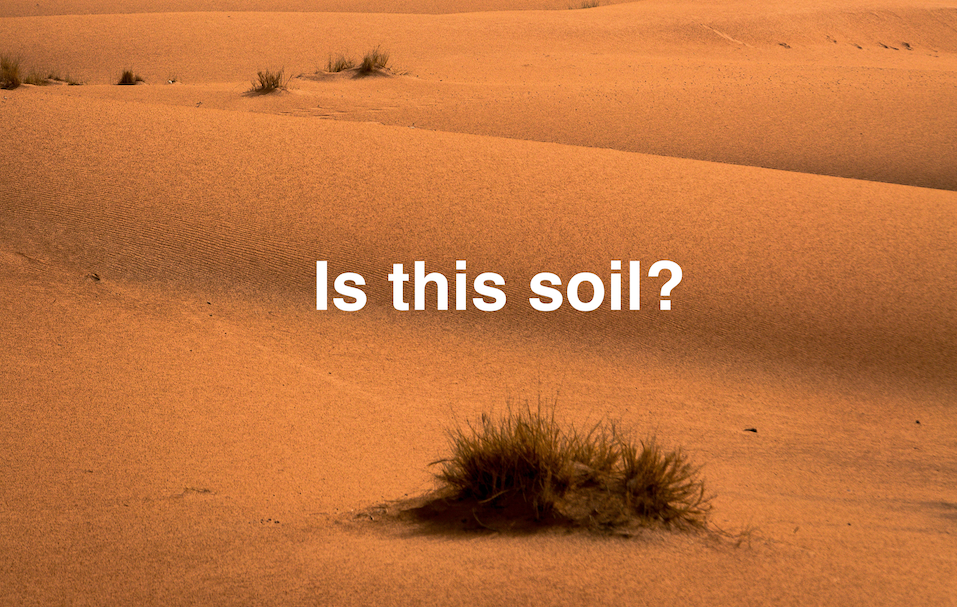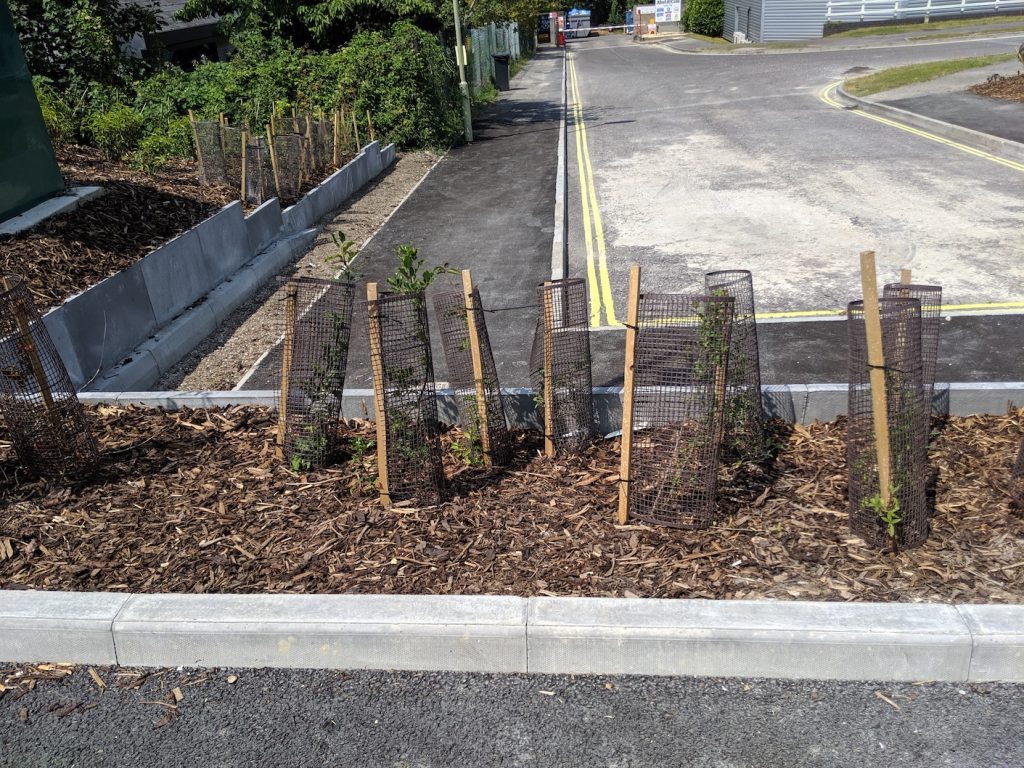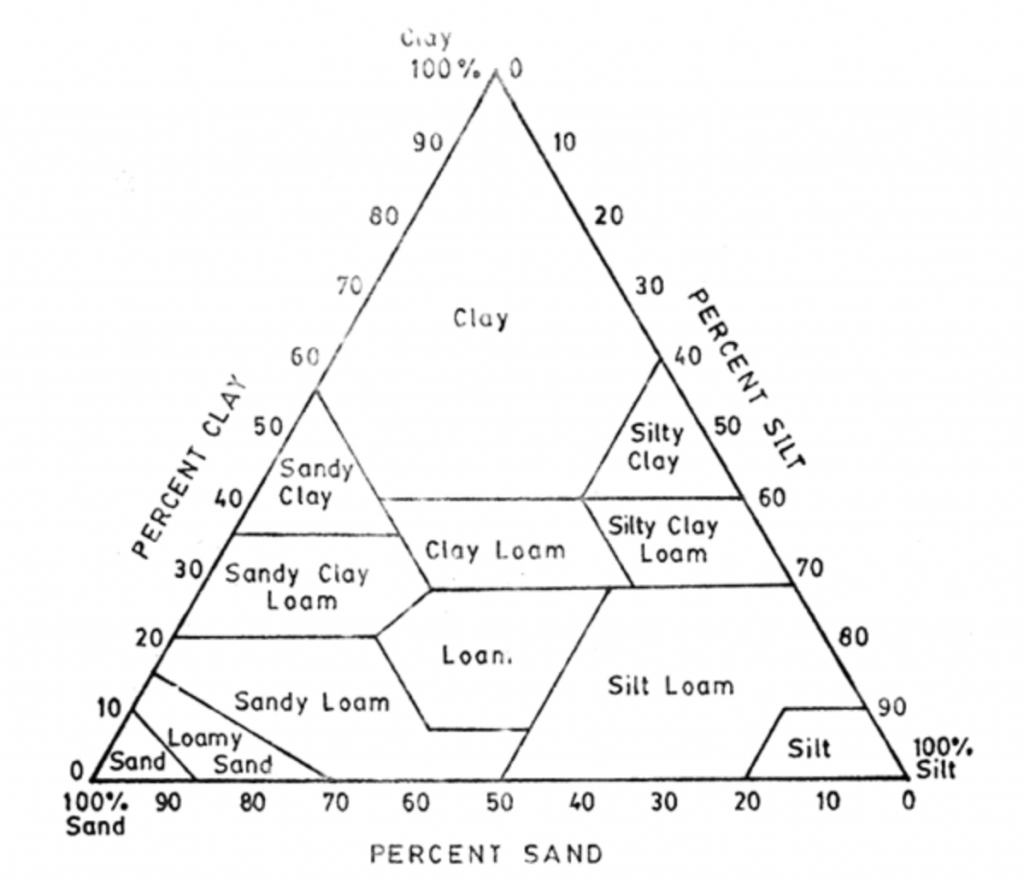
I believe that there is a very distorted view of soils in the construction sector. You don’t need to be a soil scientist to see it!
Industry professionals should do better when it comes to specifying and selecting soils that are fit to support valuable natural assets in our existing and future green spaces.
The UK is a nation of gardeners. According to the 2018 Horticultural Trades Association report, over two-thirds of adults visit the garden centre every year! That is a high level of participation by any standard, and so by this rationale, there must be a high proportion of designers, planners, and construction teams who also like to garden – a popular pastime which entails the genus and species selection based on soil type, preparation of the garden soil, careful feeding including the addition of (or making) compost together with dedicated watering, all to ensure that the garden landscape thrives!
By drawing upon horticultural principles, practiced at the weekend or basic plant biology knowledge learned at high school, our current trajectory is undeniable. The standard approach does not always consider the needs of the plant, tree, shrubs, and contents of the landscape, as central to the process of landscape design or soil installation. I draw the defendant’s attention to the copious stunted, struggling trees in supermarket carparks, serving no real purpose other than acting as a softer, less damaging bollard for your car’s front bumper. I rest my case.

So where has it gone wrong?
Maybe we have allowed ourselves to be too reliant on and exploitative of Standards like BS3882:2015, passing up common sense for compliance instead.
“But clay means compaction which is bad, isn’t it?“
Not always.
Most trees and plants grow well with clay in the soil. This ingredient helps natural processes work efficiently, which supports the plant from the roots up.
However, it is the predictability under load that makes sand the perfect choice in certain situations, like golf courses, which rely on consistency over time, for their playing surfaces.

The Atterberg triangle includes three vital components of soil: sand, silt, and clay.
At 100% clay, we may well make a dinner plate or pot instead of attempting to establish a rose. A completely silty situation, on the other hand, might exist at the bottom of a river – no room for growing our shrubs there either. As for sand; I’m thinking of the bright sand of a tropical beach or hot desert dunes.
Should we refer to a material that is more than 90% sand, soil?
Is the <10% ‘other’ sufficient for everything absent from the mix?
There has to be a reason that such sandy grow-media is prescribed.
End of Part 1
